Machine Learning Paradigms with Example
Analytics Vidhya
JULY 25, 2022
Introduction Let’s have a simple overview of what Machine Learning is. Machine Learning is the method of teaching computer programs to do a specific task accurately (essentially a prediction) by training a predictive model using various statistical algorithms leveraging data.

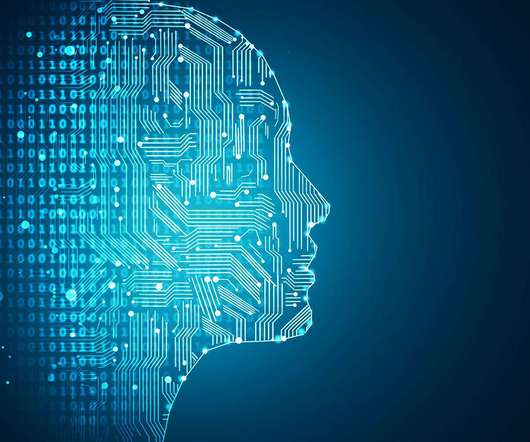



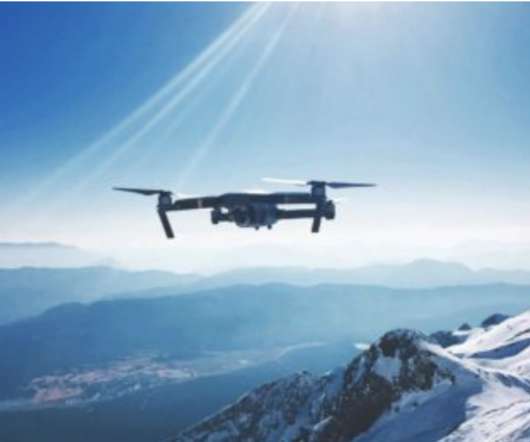


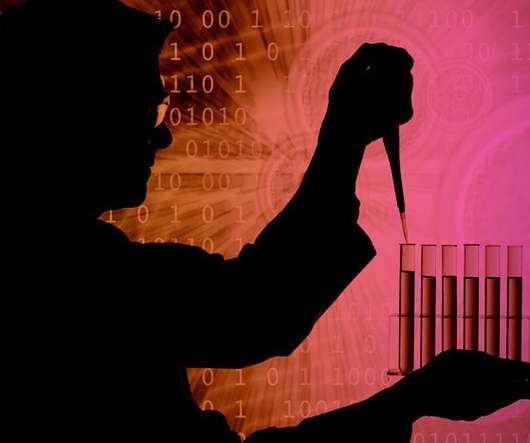
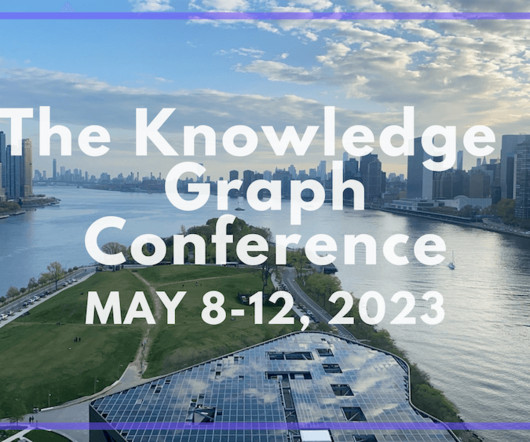

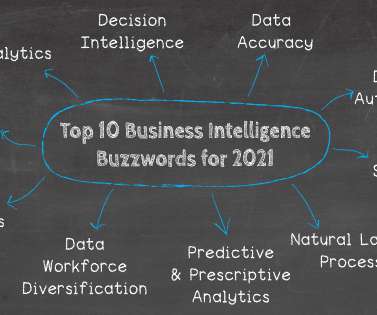
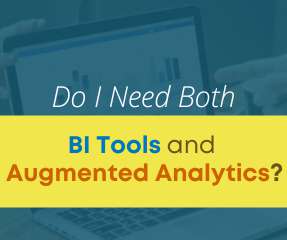













Let's personalize your content